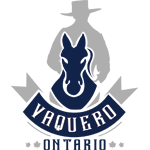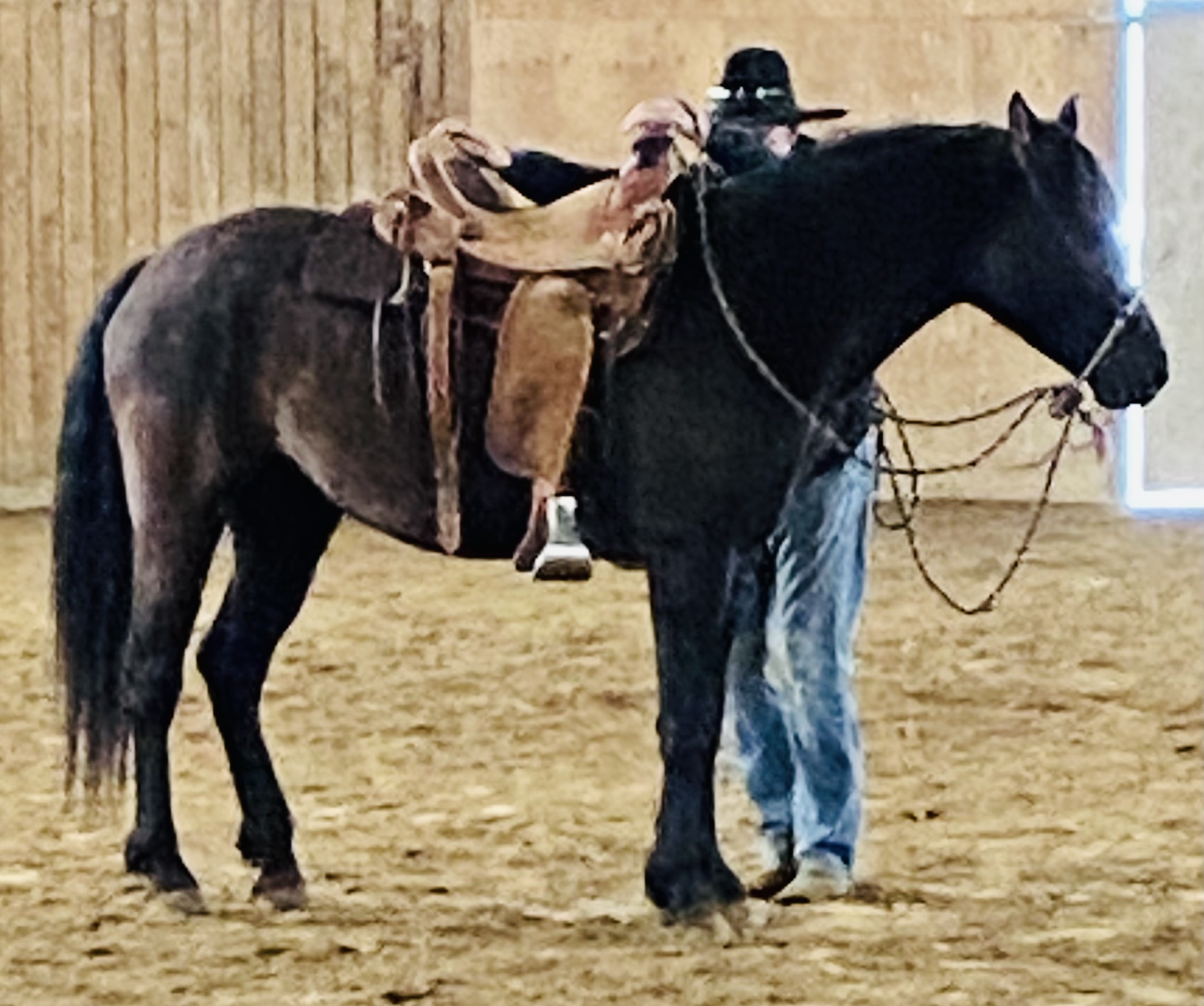It’s not the all same it’s all different
In the horse world, clinicians, trainers, cowboys, and competitors all approach horsemanship with different priorities, methods, and definitions of success.
Clinicians: Building Confidence and Fundamentals
Clinicians often cater to beginners and those seeking foundational growth. Their goal isn’t to create a performance-ready horse, but to instill calm, consistent principles in both horse and rider. Through patient teaching and simplified philosophies, they help riders overcome fear and develop the awareness necessary to become confident horsemen over time.
Trainers: Results, Precision, and Deadlines
Trainers are professionals hired to produce results. Their work is performance-oriented, focused on responsiveness, timing, and eliminating resistance. With limited time and high expectations from clients, they work efficiently—conditioning horses to respond promptly and without hesitation.
Cowboys: Practical Progress Through Partnership
Cowboys operate in real-world, working environments. They typically ride a “string” of horses, selecting the right one for the job at hand. Their approach is progressive and rooted in utility—they need a horse to get the job done, not necessarily follow a textbook.
Competitors: Peak Performance Under Pressure
Competitive riders have only a few minutes to demonstrate the outcome of years of training. Whether it’s jumping, barrel racing, or cutting, their horses must be drilled to such a degree that they can perform—even without a rider in the saddle. Precision, speed, and consistency are essential.
A Futile Comparison?
Trying to compare these roles by the same metrics is not just difficult—it’s fundamentally flawed. Each operates under different expectations, constraints, and definitions of success. Understanding these distinctions is key to appreciating the diversity of horsemanship, and avoiding judgment based on mismatched criteria.

